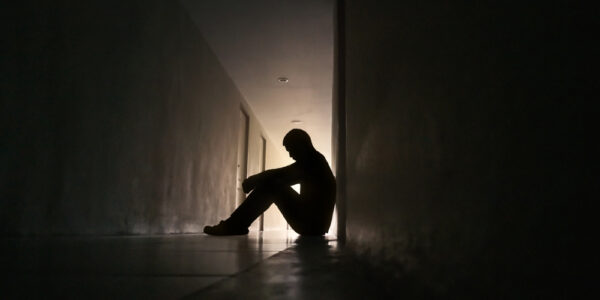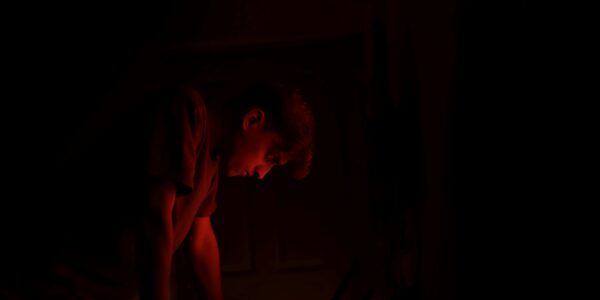LISTEN TO THIS ARTICLE:
Back in November of 2023, staff delayed getting care to a psychiatric patient at a Penn Medicine-run hospital in Philadelphia, and the patient died. This quickly triggered investigations by the state and the hospital, a warning from the state, and an ongoing plan to address the failures that occurred. This tragedy highlights a relatively unknown threat facing mental health patients: diagnostic overshadowing. This causes medical staff to overlook symptoms and put patients in danger.
What happened at the Penn hospital
Reports of the incident describe a mental health patient who was walking in a hospital unit. The initial concern was that staff saw the woman “slump” over her walker, leaning on the wall at the same time. Over the next 6 minutes, several staff approached the patient, including both mental health techs and registered nurses. None of them took the person’s vitals. Some attempted to get the person’s attention, and one staff member supported her when she became even more unsteady.
After 6 minutes of this, the patient fell to the floor. No staff were with the patient when she fell, and it took over 1 minute for staff to come to the patient’s side. The patient was on the floor, unmoving, for 5 and a half minutes before staff took her vitals. Chest compressions finally began 1 minute later. That’s a total of 13 minutes after the first notable change in the patient’s behavior.

What caused this?
This delay that led to a patient dying is a stunning failure of care that will strike fear in anyone who hears it. To hear that you or someone who know could be a patient in a hospital lying motionless on the floor while staff are nowhere to be found is frightening. State inspectors agreed, determining that the hospital had glaring problems that posed immediate threats to patients. Much of their investigation revealed improper rapid-response training for staff on the unit. The hospital immediately implemented revised protocols, much of which focused on addressing “diagnostic overshadowing.”
What is diagnostic overshadowing?
Diagnostic overshadowing is a form of cognitive bias that affects how providers care for people with mental health issues. Cognitive biases are a sort of mental shortcut that help people make assessments quickly. Unfortunately, they often lead people to miss key aspects of how they would normally approach an urgent situation.
In healthcare, diagnostic overshadowing happens when providers attribute a person’s health concerns solely to their mental health diagnoses. This can also happen among the mental health issues themselves, where staff see all mental health concerns solely through the lens of the existing primary problem. This type of thinking can put patients in danger, just as we see in this case.
Identifying diagnostic overshadowing in mental healthcare
Identifying the signs of diagnostic overshadowing requires a good knowledge of the patient’s overall health as well as a keen awareness of one’s own thought processes. Care providers should be wary of automatically attributing physical symptoms to mental health issues. Be sure to fully investigate changes in behavior and not overlook pre-existing health conditions.
How to stop diagnostic overshadowing
The first key step to preventing diagnostic overshadowing is education. That includes learning about this cognitive bias and becoming aware of how to identify it. Another important part is quality communication. Different mental health issues can impair communication, and they may have at the UPenn hospital. Alternative methods of communication, such as pictures, photos, symbols, or signs, can help when spoken language is not effective. Providers also need better training in emergency care. Hospital administration needs to step up, too. This means increasing staffing and taking steps to reduce burnout. This support ensures people will be able to do their jobs to the best of their ability.

 Learn
Learn Read Stories
Read Stories Get News
Get News Find Help
Find Help
 Share
Share
 Share
Share
 Share
Share
 Share
Share



